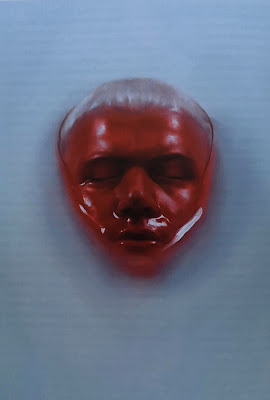The Power and Influence of Illustration
Written by Alan Male
ISBN: 978-1-3500-2242-3
eBook: 978-1-3500-2411-3
Published by Bloomsbury Visual Arts
Publishers website
Authors website
I am an academic, writer and image-maker. When I read the title of this book I was somewhat taken aback. This is because the discipline of illustration has been undervalued and decried for years. Ignored by the public at large and dismissed as merely whimsical by the overinflated purveyors of fine art and graphic design. With the exception of the political cartoon it’s almost invisible to policy makers and economists. I wondered if it was possible to establish exactly how illustration has influenced societies and whether that influence could be attributed to real power.
This book is organized into 4 chapters, the writing style flows well and is very engaging. This book will help the uninitiated and those contemptuous of the practice to appreciate the complex manner in which illustration reaches its audiences. There has always been a vast array of topics tackled by illustrators over the centuries but these tend not to be collected into one source as has finally happened thanks to Male’s work. I also note that the author quotes his own previous scholarship throughout. This may lead the reader to explore the subject to a greater depth.
Alan Male’s arguments are most persuasive when set against the origins of art as part of human cultural expression. It is clear that illustration played a key role in the development of education and how we make sense of the world around us. From magical caves to mystical temples, from divinity in stained glass to sacred scrolls; illustration has been employed in the attempt to link our minds to the Gods.
When he riffs on geopolitics and how todays social media might influence the rise of subversion this is where his thesis gets exciting and I would have liked to read more about this specific part of visual communication. When the artist creates propaganda for regimes just what are his responsibilities? Is anonymity acceptable when your work does potential harm. It is asserted that we must not work in a vacuum and that social and ecological concerns should always impact our decision making. He shows that he appreciates that illustration can be 2D, 3D, 4D and even AI. These technical developments are to be embraced rather than feared. In the latter part of the book he refers to how collaboration has made illustration more visible and this helps to maintain its links to the world of science and technology. His selection of specific images proves this point. The collaborative work of Anna and Elena Balbusso features heavily in these chapters as does that of Paul Davis particularly his #No More Black Targets work.
I think this book is a compelling addition to Male’s early output and that the new graduate and committed design student would benefit from the knowledge within. The design of the publication shows some improvements on the last book I reviewed by this author but again some graphic vector-based artworks that would work well at the size of a postage stamp were shown at a scale that disadvantaged more delicate linear work that features complex text elements.
This book contains a broad range of approaches deemed illustration and explains how this work impacts on the wider society. Some of the selected work is beautiful, refined and gives one pause for thought. There is an international selection that adds to the diversity of images on show. I’m still not fully convinced that this book will have a major impact beyond those directly involved in the production of illustration but it is good to see such ambition. Male looks forward to a time when we all become natural polymaths. Power to the people yes but also power to this book.















No comments:
Post a Comment